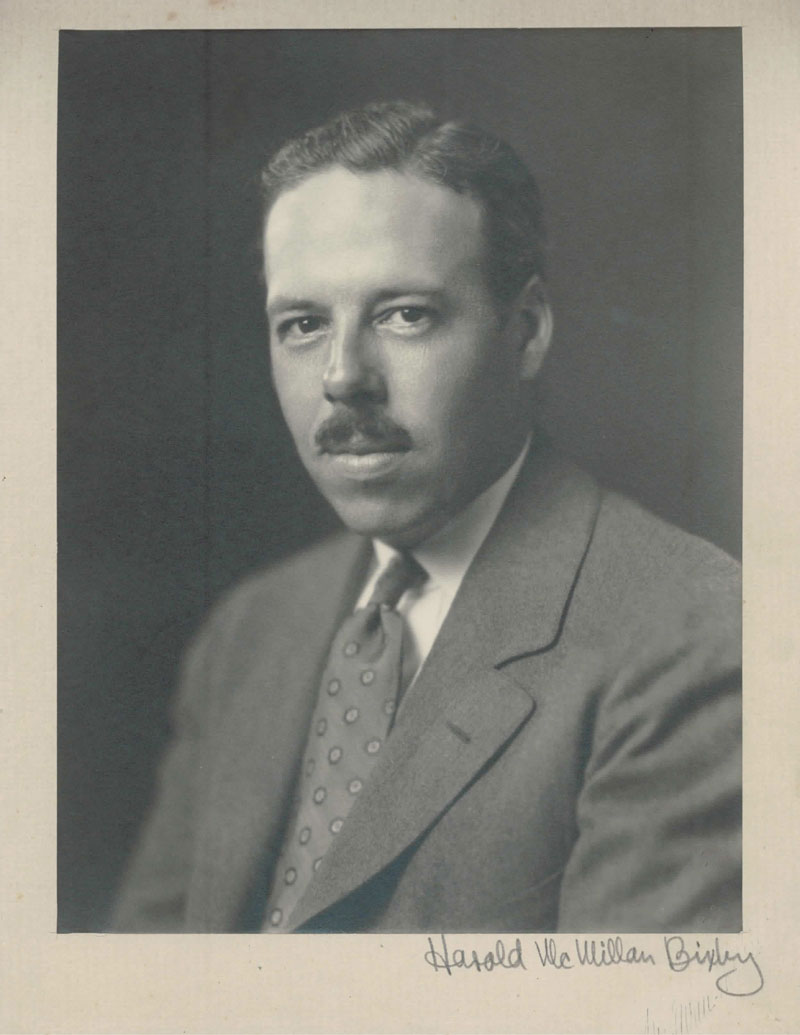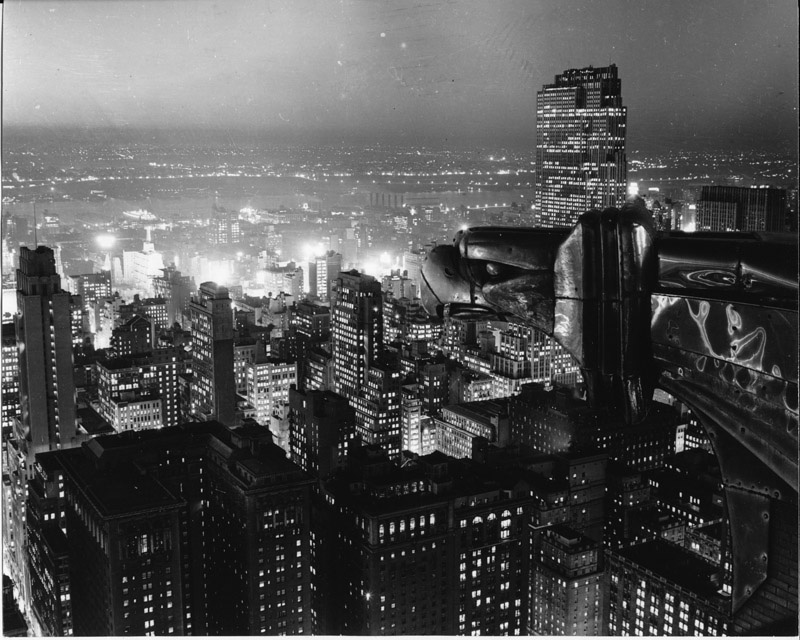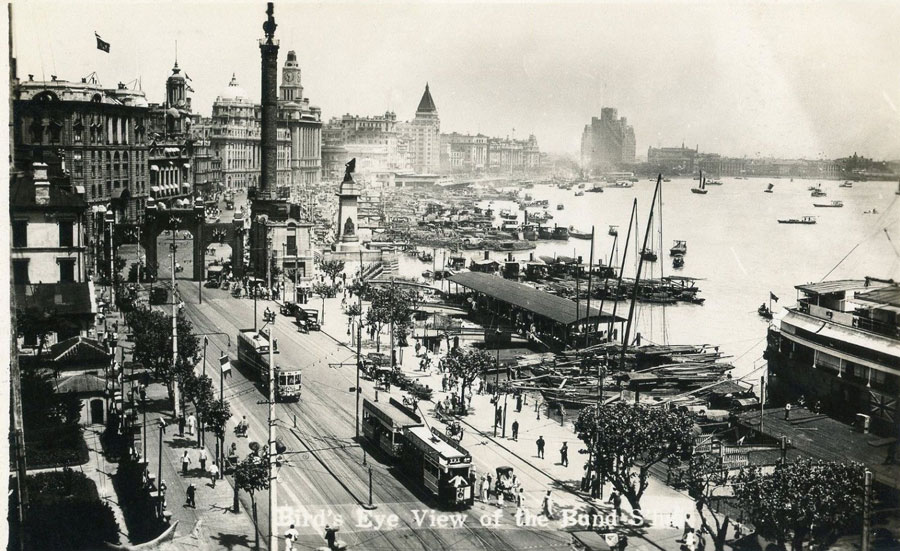PAN AMERICAN AIRWAYS' MISSION TO CHINA
In Four Parts
by Eric H. Hobson PhD
MISSION TO CHINA PART ONE
In 1932 Juan Trippe enlisted the help of a talented American with diplomatic and tactical skills, an honest character and an abiding belief in global aviation: Harold Bixby. He would spend 4-1/2 critical years mapping out routes for Pan Am's transpacific air travel.

Harold M. Bixby’s Photo on Pilot License, 1929 (Courtesy Bixby Family Collection).
MISSION TO CHINA PART TWO
Harold Bixby filled the role Pan Am's Asian ambassador to set up a possible route for Pan Am between Manila and Shanghai.
MISSION TO CHINA PART THREE
After a year in China, Bixby was called home where he met with Trippe, toured PAA’s western hemisphere operations, briefed US government officials, advised PAA’s executive, legal, and planning teams, and focused on the company’s scope of business, planning, and technical innovations. He also prepared for his family’s move to Shanghai.

Night time view looking west, from Juan Trippe’s office on the 58th floor of the Chrysler Building, 1930s (PAHF/ R. Fulton Collection)
MISSION TO CHINA PART FOUR
Bixby planned for Juan Trippe, Mrs. Trippe and other dignitaries to fly to China on the M-130 Philippine Clipper in the fall of 1936. By early 1937 the Second Sino-Japanese War broke out, and still, Bixby managed to sign a contract with Hong Kong for PAA transpacific airmail and commercial services, also finalizing Pan Am’s US-New Zealand route. The war forced Harold Bixby and his family to return to New York for good, April 1938 on the Hawaii Clipper.
Manila banquet in October 1936 with Harold M. Bixby in the foreground (Courtesy Jon Krupnick Collection).
Acknowledgements
Thanks to Jon Krupnick, Nancy Allison Wright, John Johnson, Library of Congress, and Pan Am Historical Foundation for photos and footage for this article.
Thanks to Ben Barrett for publishing “The Spirit Behind the Spirit of Saint Louis, Harold M. Bixby” which compiles materials from his grandfather’s life, for answering a host of my questions, and for providing photos to enliven this article.
Excerpts & purchase options for Ben Barrett's book now available at https://www.thespiritbehindthespiritofstlouis.com/





